Hey there, photography enthusiasts! If you’ve ever found yourself in the midst of choosing to shoot RAW versus JPEG formats, you’re not alone. It’s a common dilemma that every photographer faces at some point. So, let’s dive into the nitty-gritty and figure out which format suits your photography style.
Right off the bat, I’m going to tell you that shooting RAW or JPEG really does boil down to preference. However, it also depends on what you’re wanting to do. RAW and JPEG bring their own perks and issues to the table. Just like when you’re trying to pick out your own lens, it’s knowing what each one does to be able to make that decision.
What’s the Deal with RAW?
Alright, so what exactly is RAW? It’s not just a term to describe your camera skills; it’s a file format. When you shoot in RAW, you’re capturing all the data your camera sensor can muster without any compression or processing. It’s like taking a snapshot of all the behind-the-scenes action of your photo.

Advantages of Going RAW
- Uncompressed Data: RAW files store every bit of information your camera captures, preserving all the details.
- Greater Dynamic Range: You get more flexibility in post-processing to recover those blown-out skies or shadowy corners.
- Color Depth: RAW files retain more color information, allowing for richer and more nuanced editing.
So, what’s the hype around shooting in RAW? It’s not just a fancy term to toss around; it’s your backstage pass to the photo shoot. When you hit that shutter button in RAW mode, you’re not just capturing an image; you’re capturing a treasure trove of data straight from your camera’s sensor.
No Compression, No Compromise
Picture this: you’re downloading a song, and it says “uncompressed audio.” That’s the RAW experience. It’s like getting the deluxe edition of your favorite album, where every instrument, every note is crystal clear.
RAW files don’t play the compression game – they keep every bit of information intact, ensuring no details are left on the cutting room floor.
Flexibility in the Editing Playground
One of RAW’s coolest features is the freedom it gives you in post-processing. It’s like having a photo lab in your computer.
You can tweak the exposure, fine-tune the colors, and even resurrect details from seemingly lost shadows. RAW files provide a playground for creative experimentation, allowing you to mold your image into exactly what you envisioned when you clicked that shutter.
Dynamic Range – Seeing it in High Definition
Think of dynamic range as your camera’s ability to see in extremes – from the brightest whites to the darkest blacks. Shooting in RAW expands this range, giving you more latitude to recover details in overexposed skies or shadowy nooks.
It’s like having a camera with superhero vision, ensuring your photos capture the full spectrum of light and dark.
Color Depth – Painting with a Full Palette
Ever edited a photo and felt like the colors just weren’t popping? RAW’s got your back. RAW files store a broader spectrum of colors, offering a richer palette for your editing endeavors.
It’s like having a box of 64 crayons instead of the basic 8 – more shades, more possibilities, and more ways to make your images truly stand out.
The RAW Dilemma…
Hold on, there’s a downside too. RAW files are like the high-maintenance friends of your storage space – they take up a lot. Plus, editing these files can be a tad more time-consuming. But hey, nothing great comes without a little effort, right?

Understanding JPEG Format
JPEG – The Life of the (Photo) Party
Now, let’s talk about JPEG. This format is like the social butterfly of the photo world. When you shoot in JPEG, your camera processes and compresses the image, giving you a ready-to-use photo.
Advantages of the JPEG Life
- Smaller File Size: JPEGs are the space-savers of the digital world. Perfect for when your hard drive is feeling a bit claustrophobic.
- Convenience is Key: You can snap, share, and forget about extensive post-processing. JPEGs are your on-the-go buddies.
- Compatibility Galore: Almost every device can open a JPEG file. No compatibility issues here.
JPEG’s Dark Side
While JPEGs are fantastic for quick snaps and sharing, they’re not without their flaws. Compression can lead to a loss of detail, and you won’t have the same editing flexibility as with RAW.
Loss of Detail in Compression
Imagine trying to fit a puzzle piece into a slightly smaller space – you might have to trim the edges a bit. That’s what happens during JPEG compression.
To keep file sizes manageable, some details get discarded. While this might not be noticeable in every photo, it can become apparent, especially in images with complex textures or fine patterns.
Limited Editing Flexibility
When you shoot in JPEG, your camera makes decisions for you. It applies color corrections, sharpens edges, and makes other adjustments to give you a polished image straight out of the camera.
However, this leaves less room for you to fine-tune these elements during post-processing. If you’re a control freak for your visuals, this might feel a bit restrictive.
Proneness to Artifacts
Compression can introduce artifacts – those little blips or distortions that sneak into your image. These can include blocky patterns or odd color shifts. While modern cameras do an excellent job minimizing these issues, they can still rear their pixelated heads in certain situations.

When to Roll with RAW
- Professional Photography: If you’re shooting for clients or aiming for gallery exhibitions, RAW is your go-to. The unparalleled quality is worth the storage space.
- Advanced Editing: Love spending hours fine-tuning your images? RAW allows you to delve deep into the editing process, making every detail count.
When JPEG is Just Right
- Everyday Photography: When you’re capturing moments on the fly – family gatherings, street photography, or your cat doing something adorable – JPEG is your best friend.
- Limited Storage Space: If your hard drive resembles a Tetris game nearing its end, JPEG will save the day.
Making the Decision
So, RAW or JPEG? As I mentioned, it ultimately boils down to your photography style and needs. Experiment with both, see what fits, and don’t be afraid to switch it up based on the situation.
In Conclusion
Shooting in RAW versus JPEG isn’t a one-size-fits-all scenario. It’s about finding that sweet spot that aligns with your creative process. Embrace the freedom of RAW when you want to sculpt your masterpiece, and lean on JPEG when simplicity and quick sharing are the name of the game.
Remember, there’s no right or wrong – it’s all about what works for you. Happy shooting!
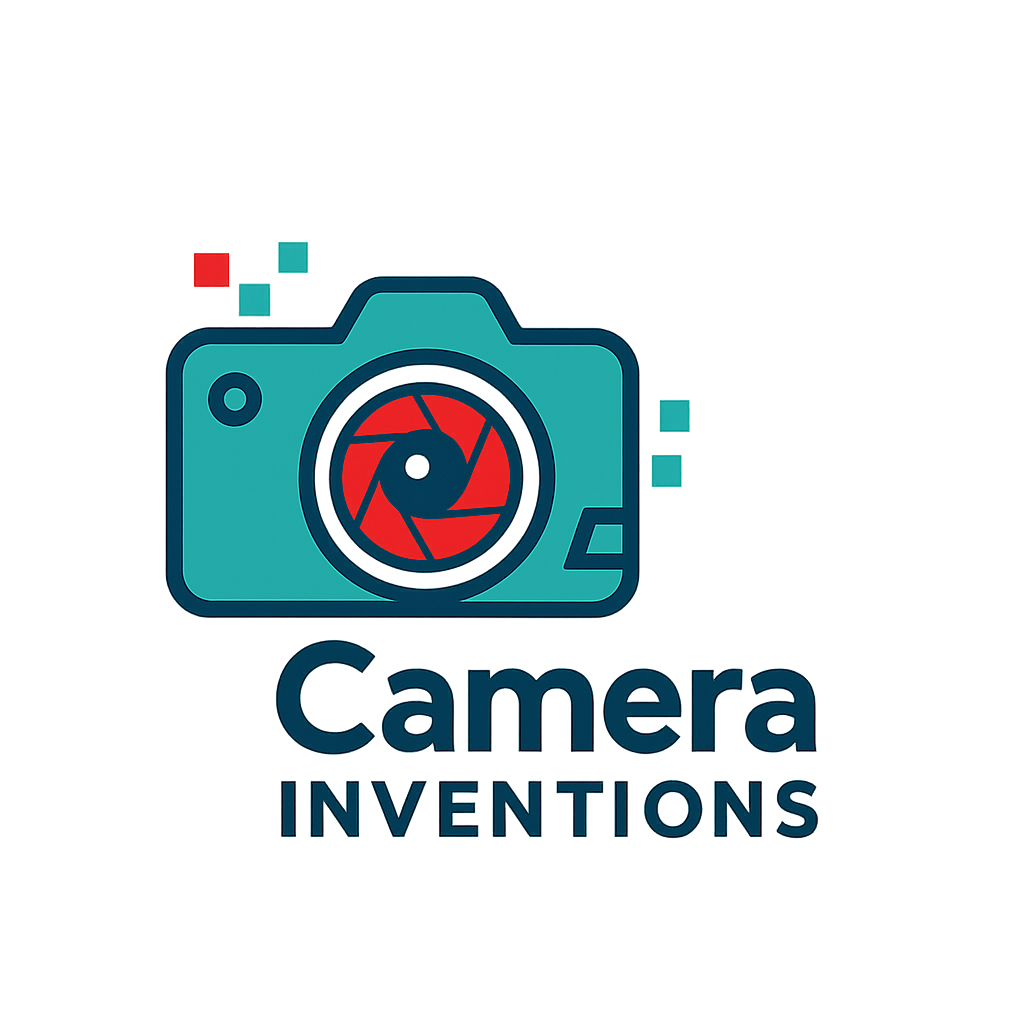
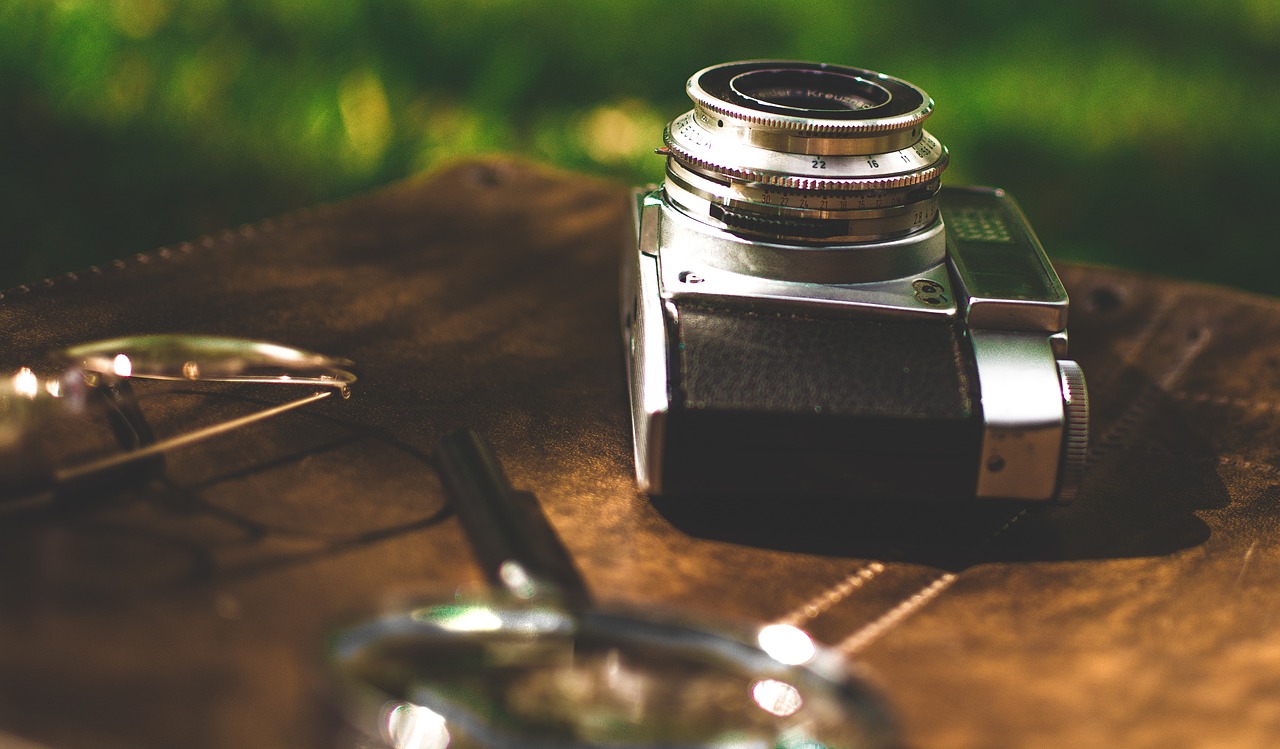
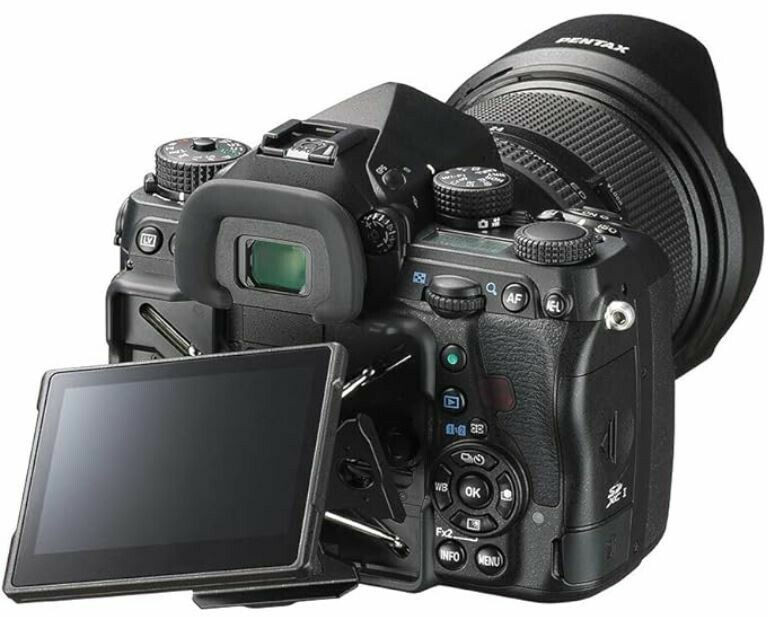
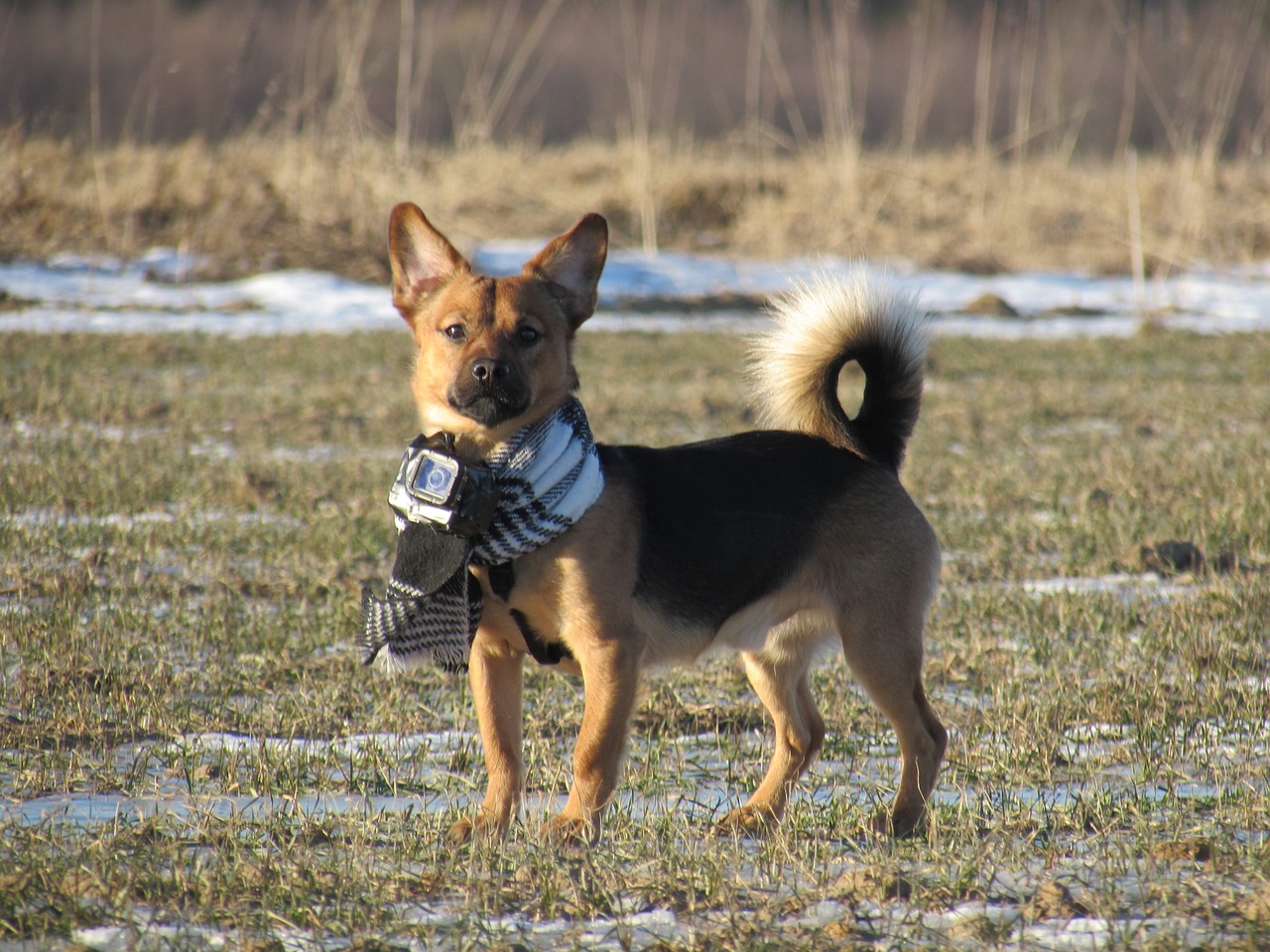
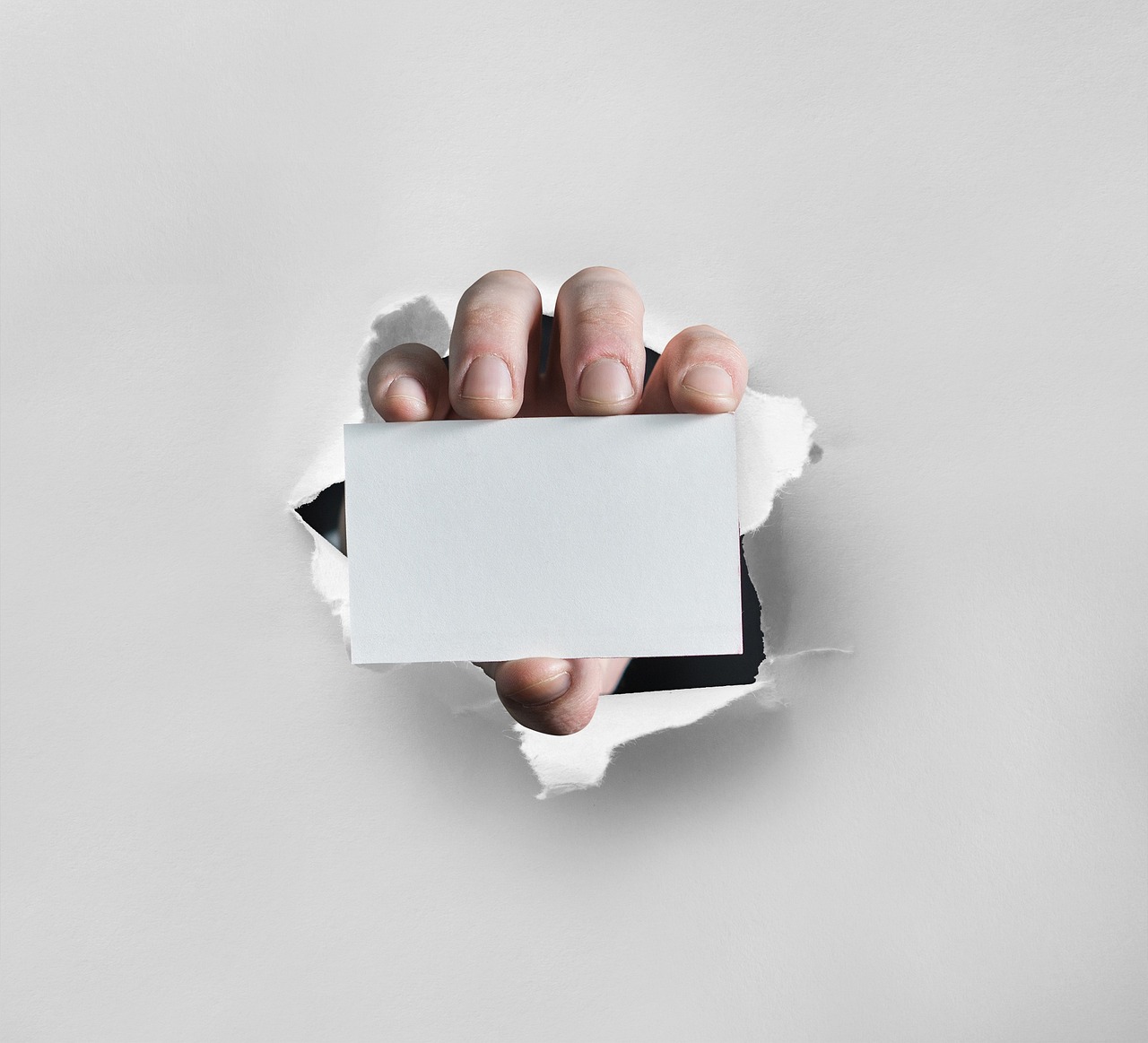
Shooting in RAW will give you a much higher quality file that you can edit to a greater extent than a JPEG file. The range on a RAW file is much greater than that of a JPEG file, and you’ll be able to easily capture and edit photos with bright highlights and dark shadows. Overall, both shooting style are completely dependent on your preference and the types of photographs you are shooting.
I agree, Markis. Thank you for your response.